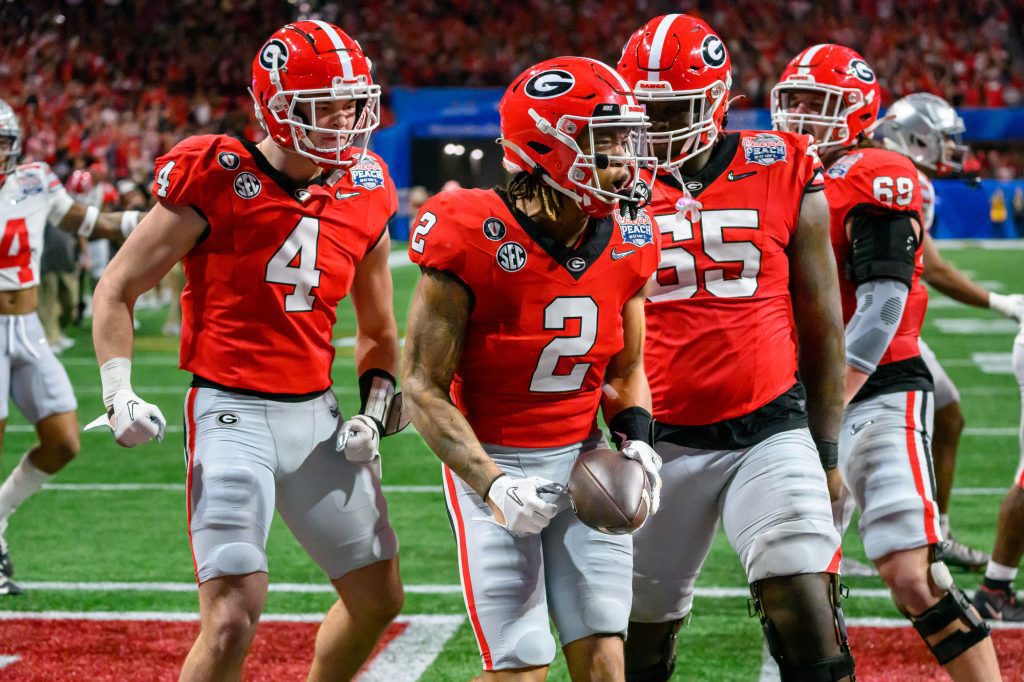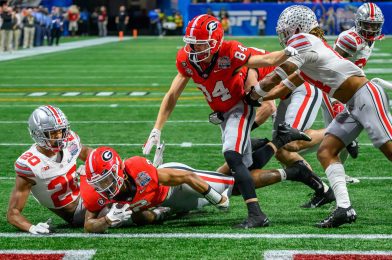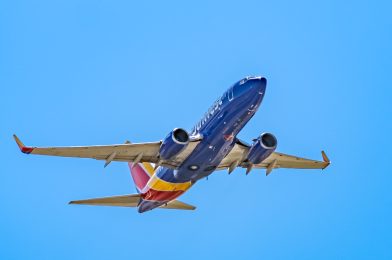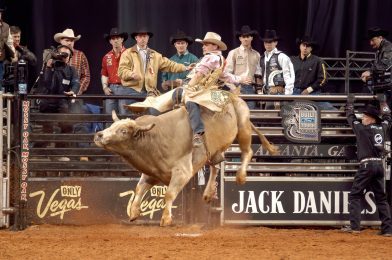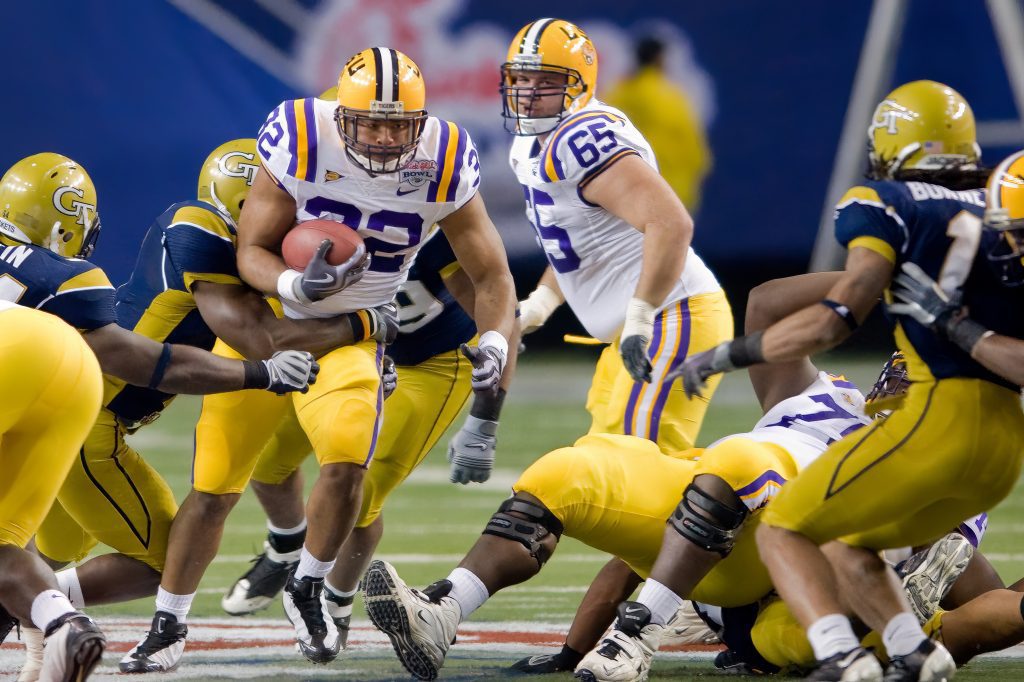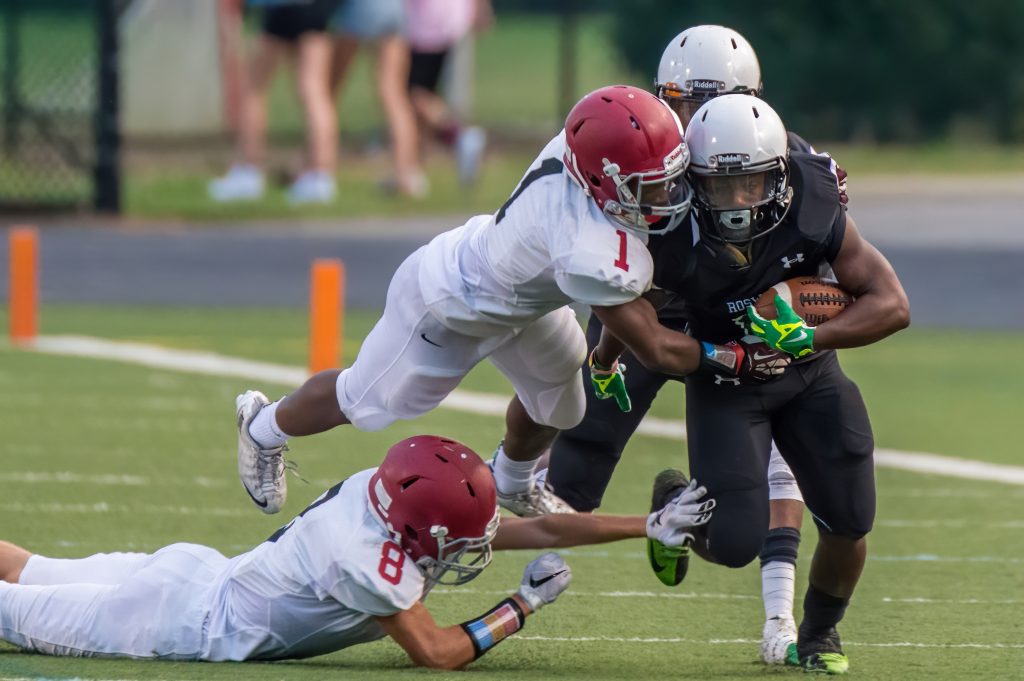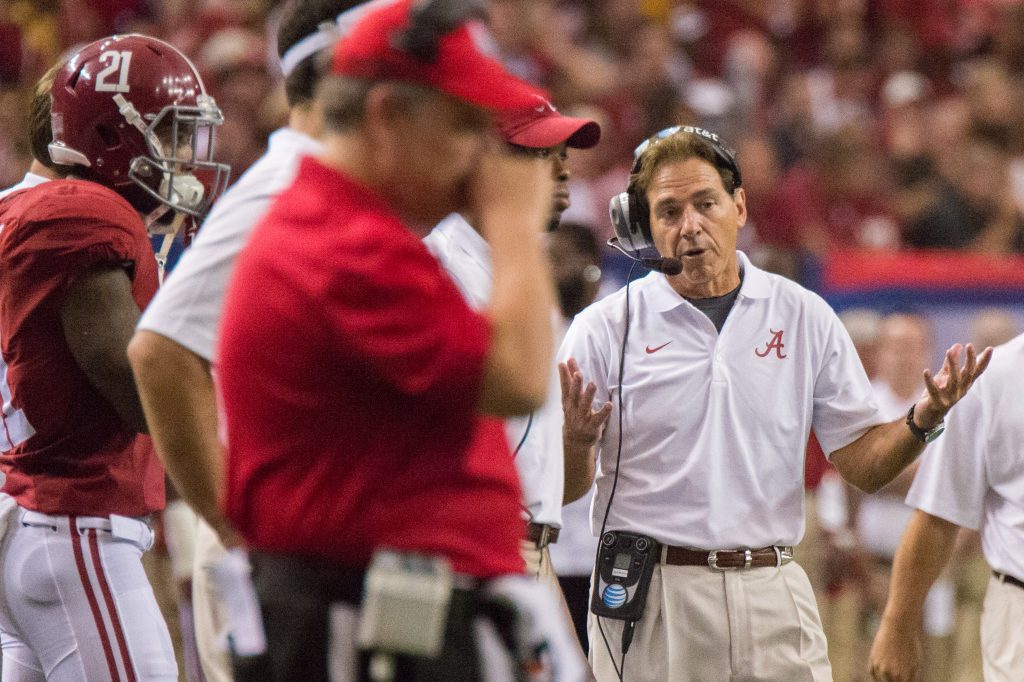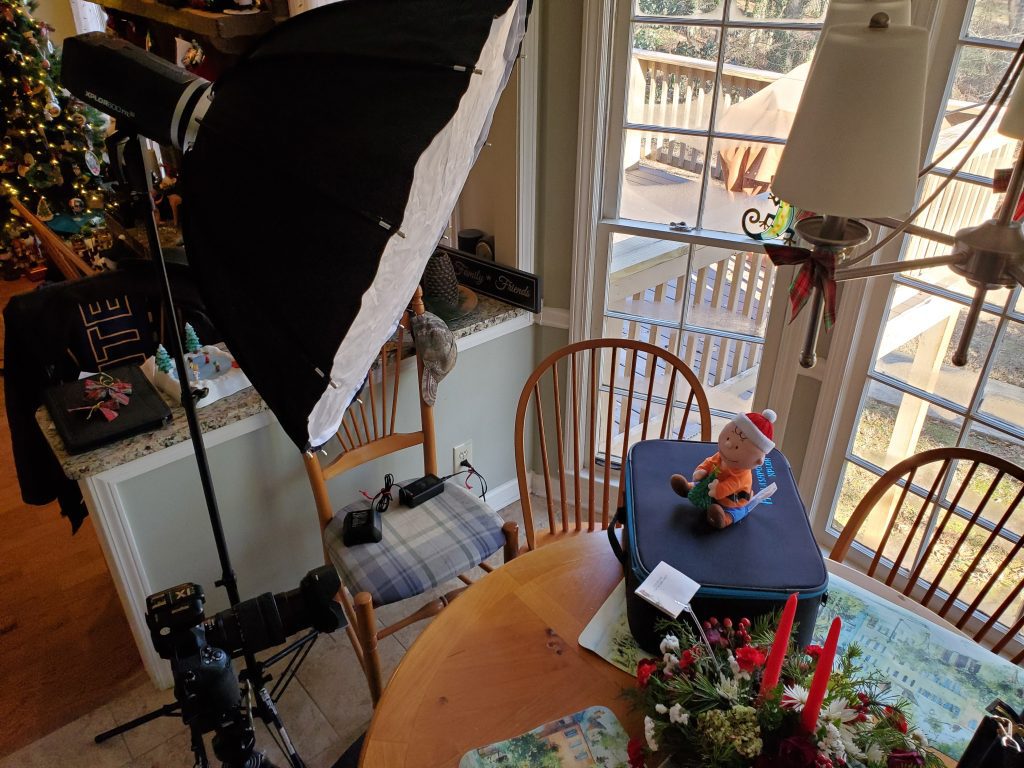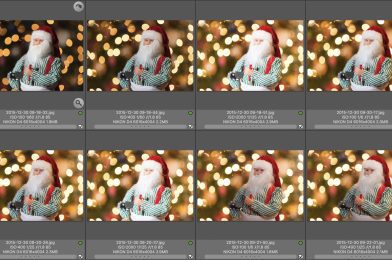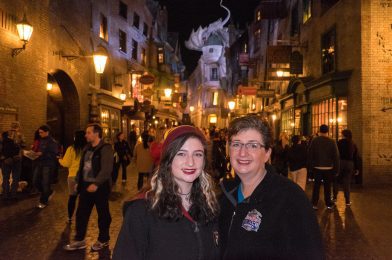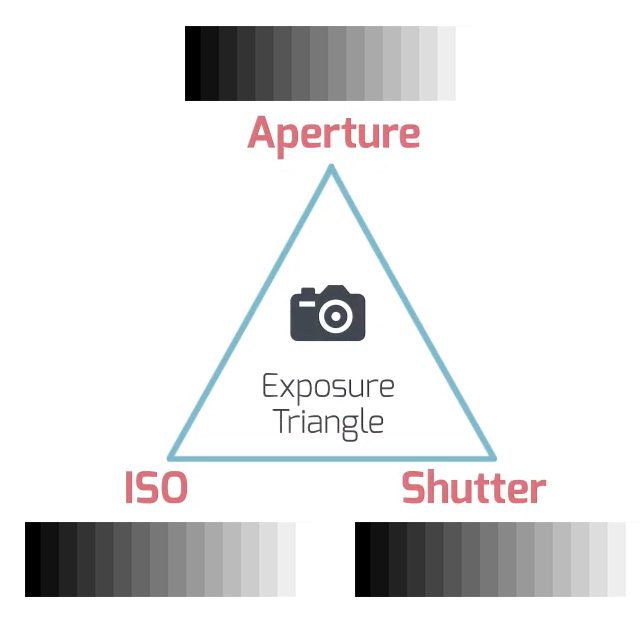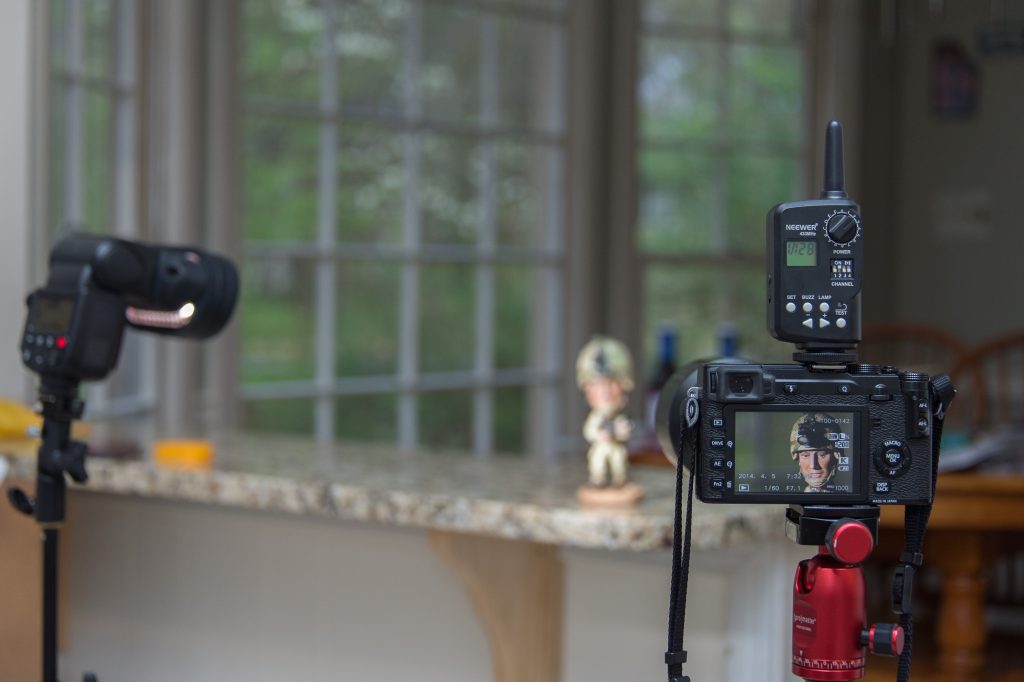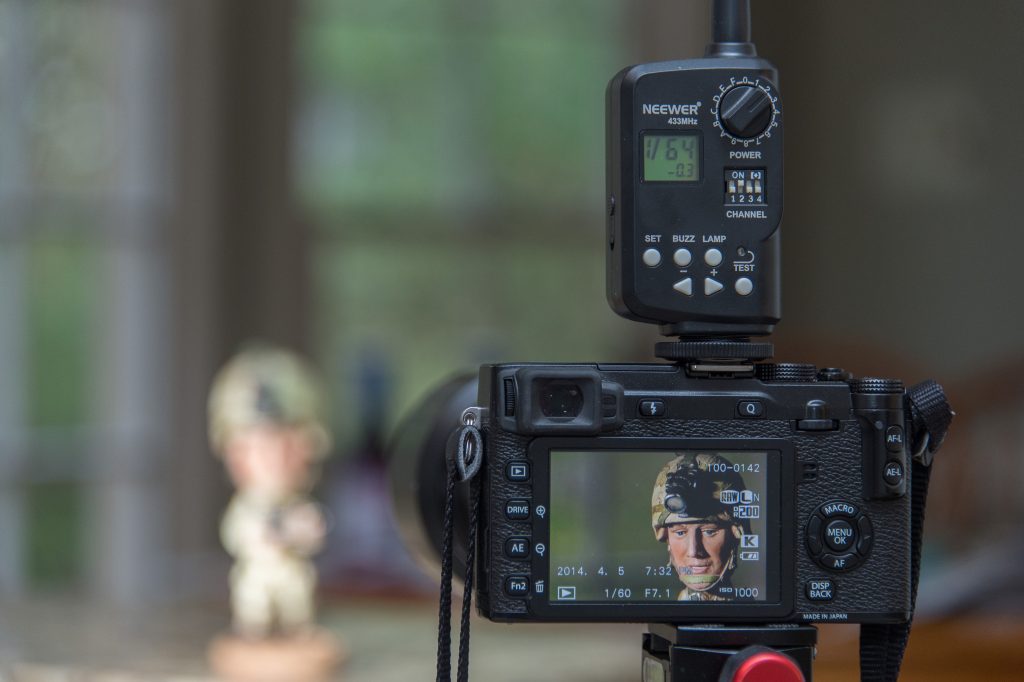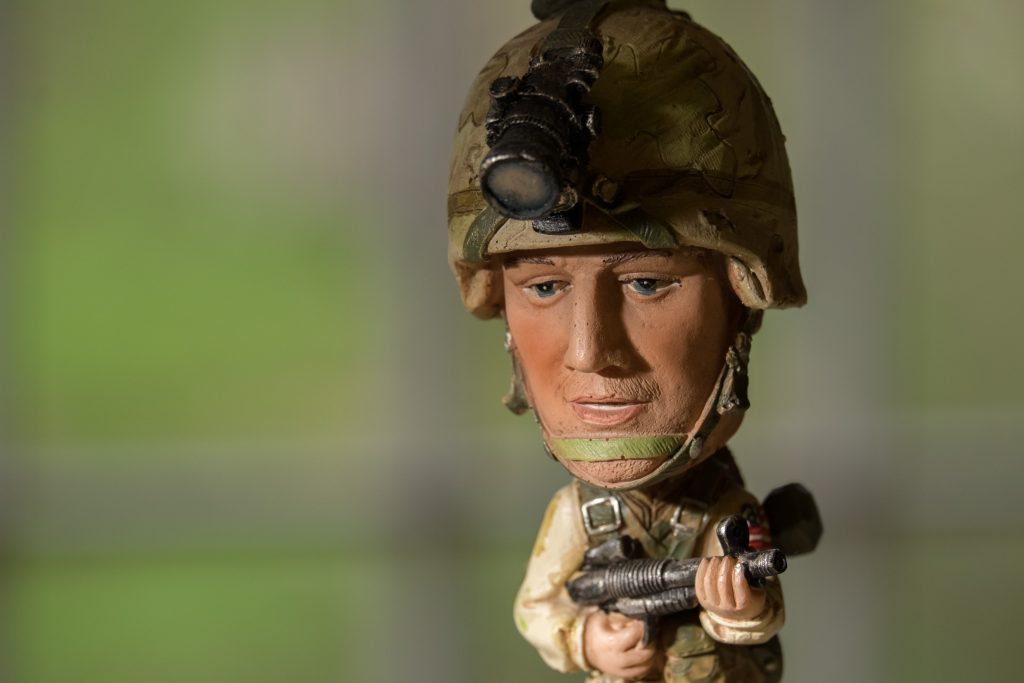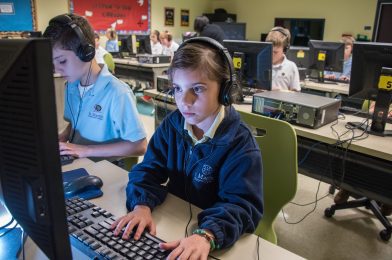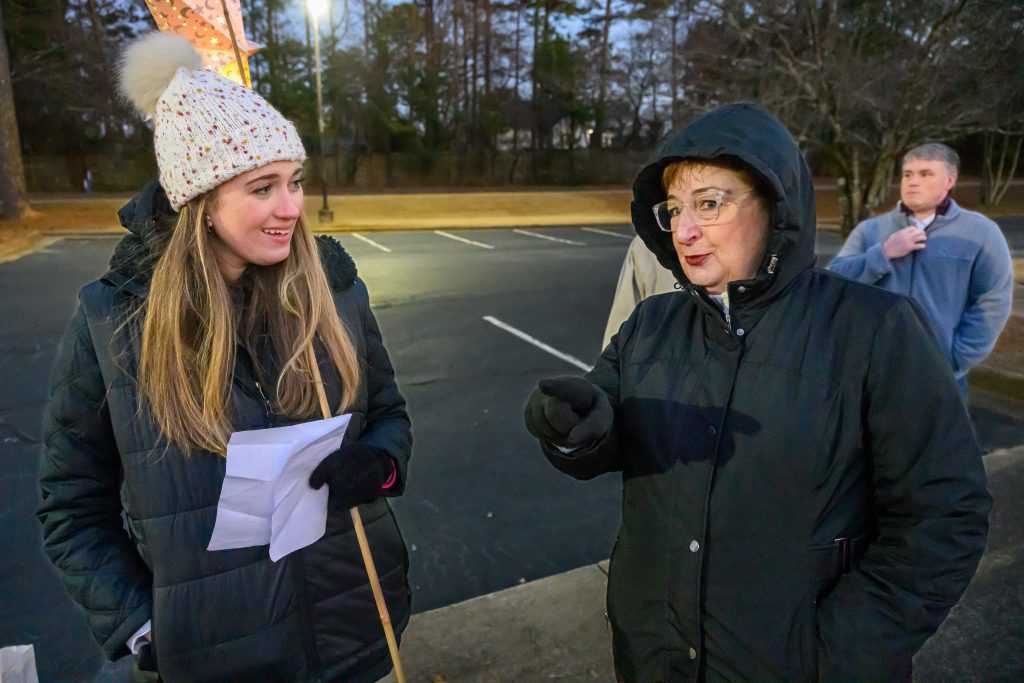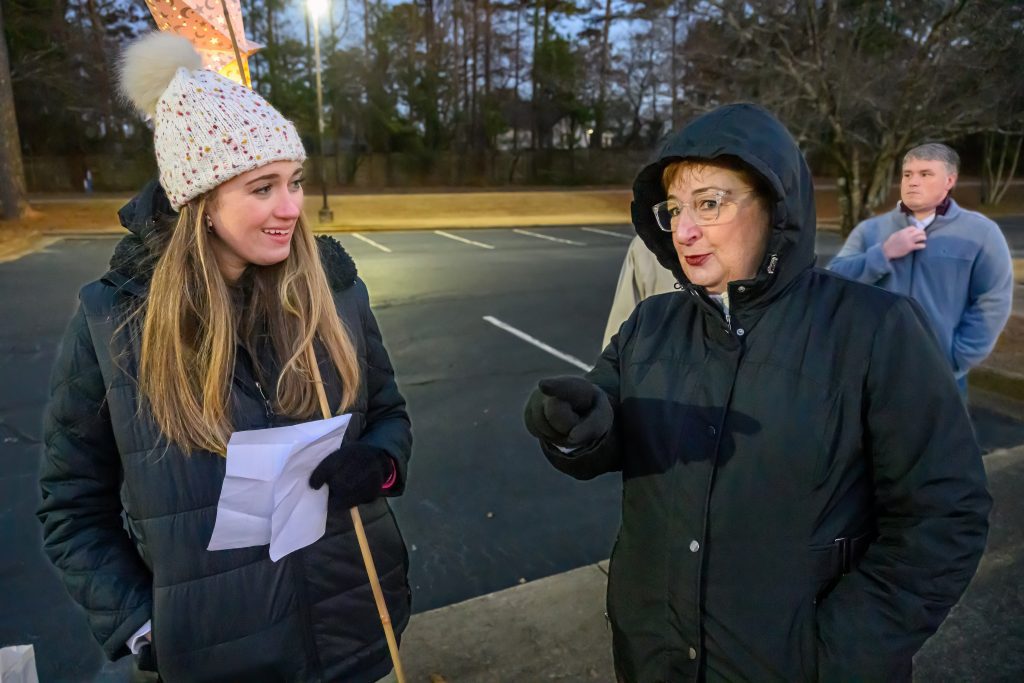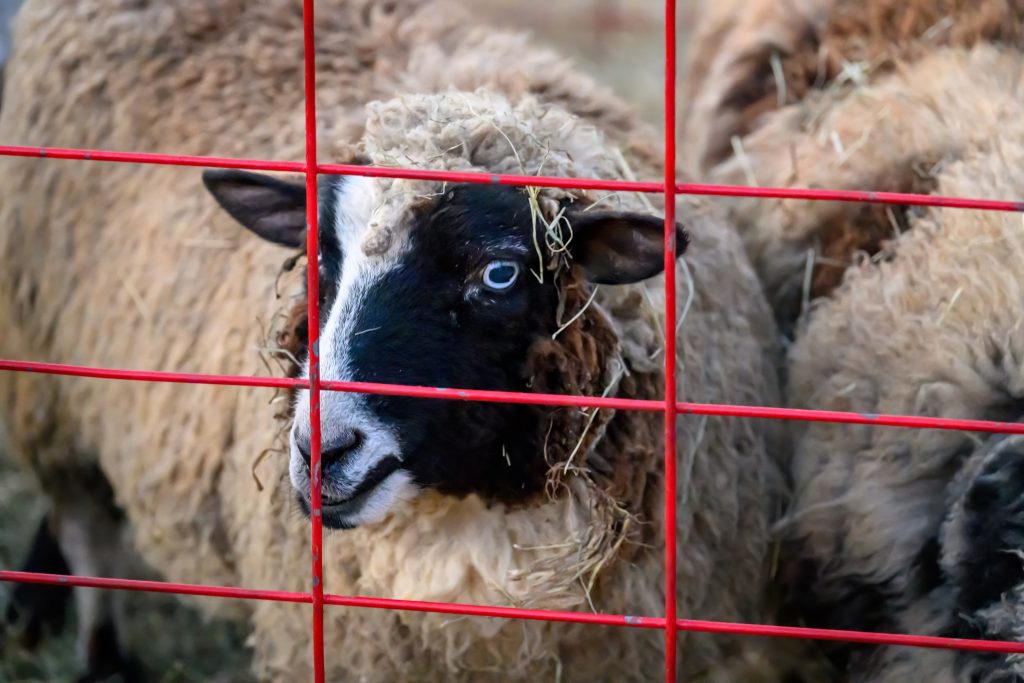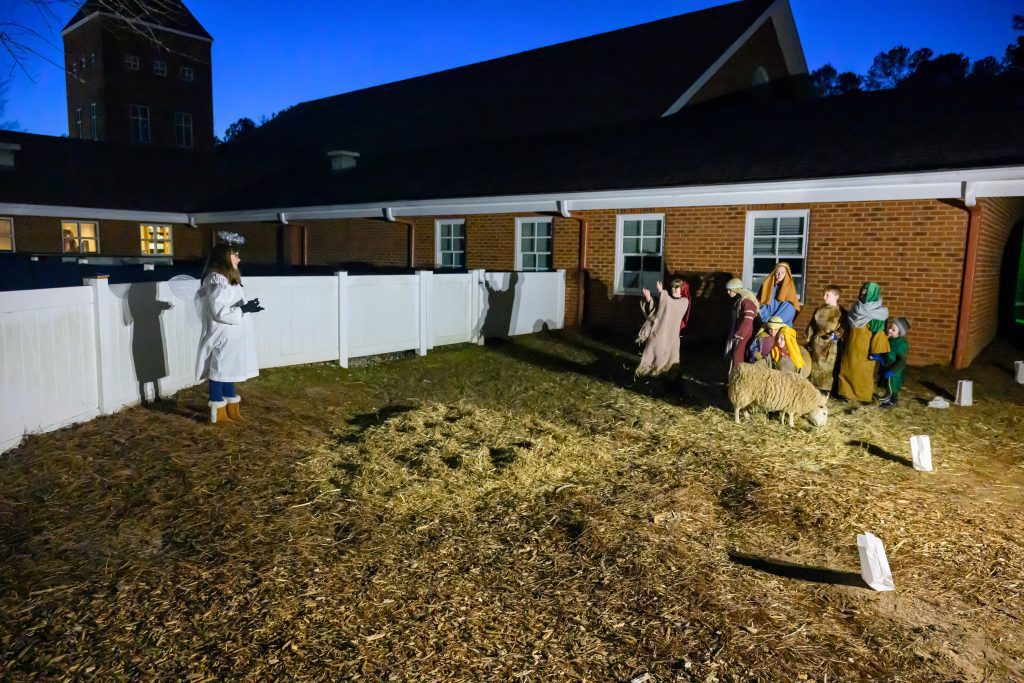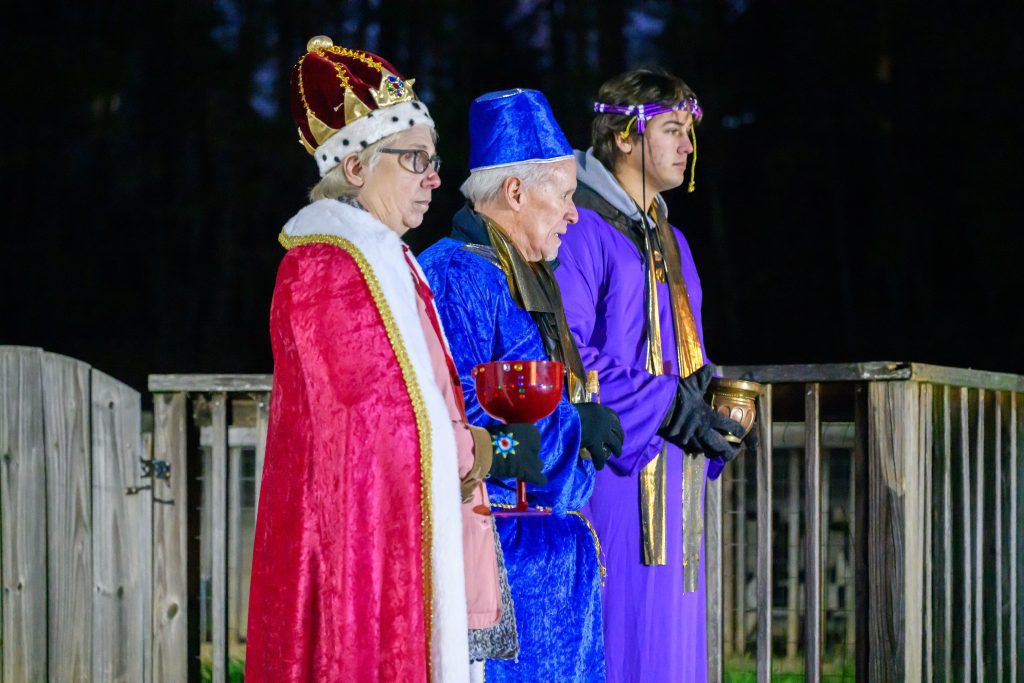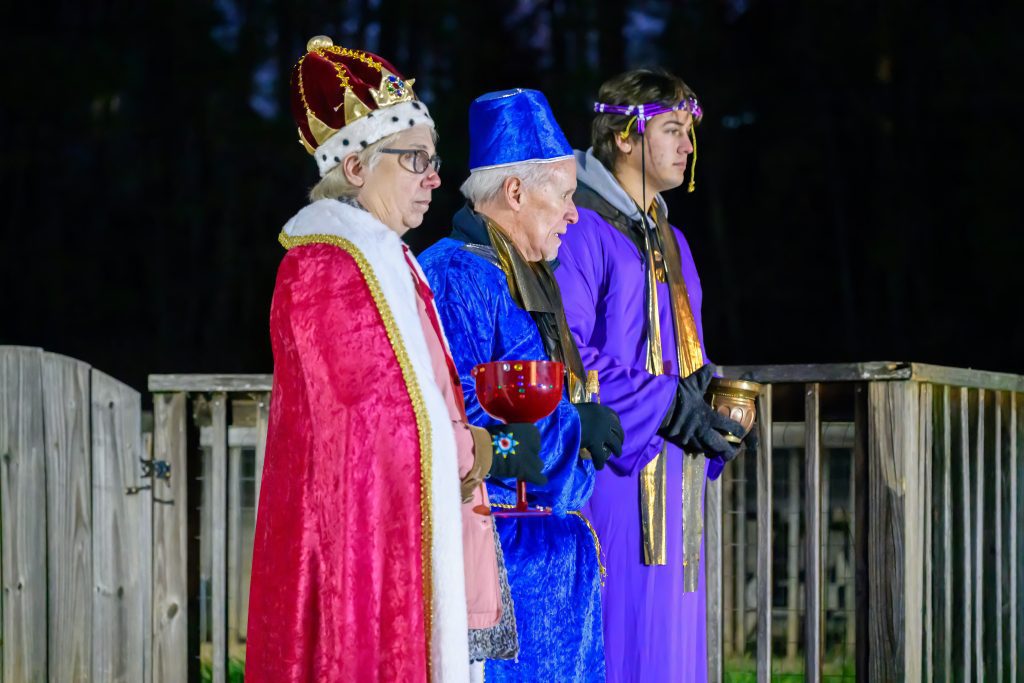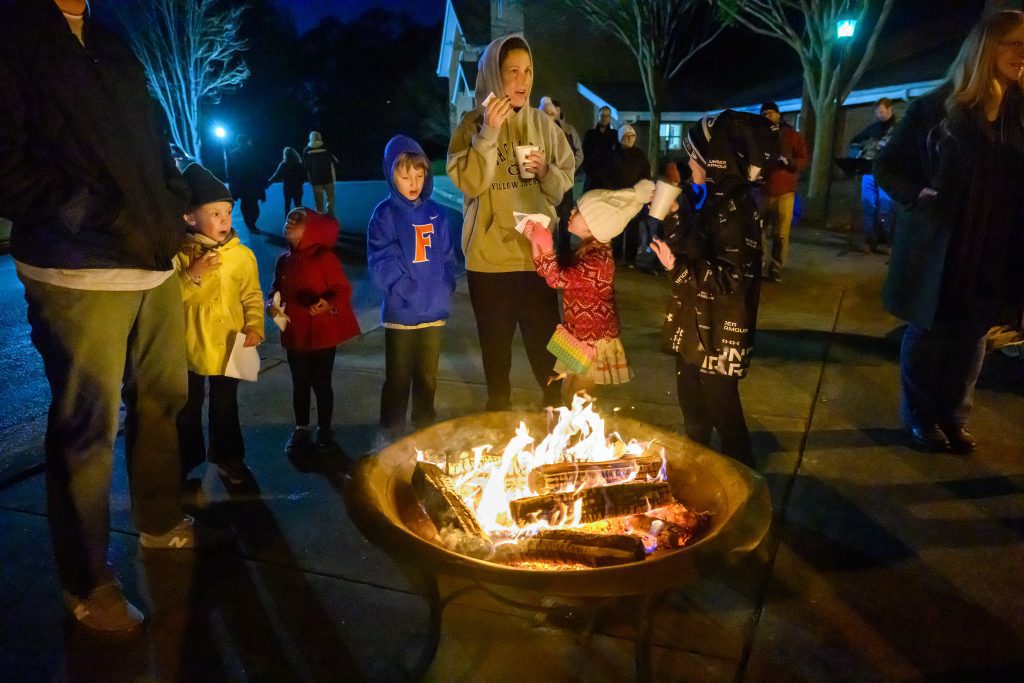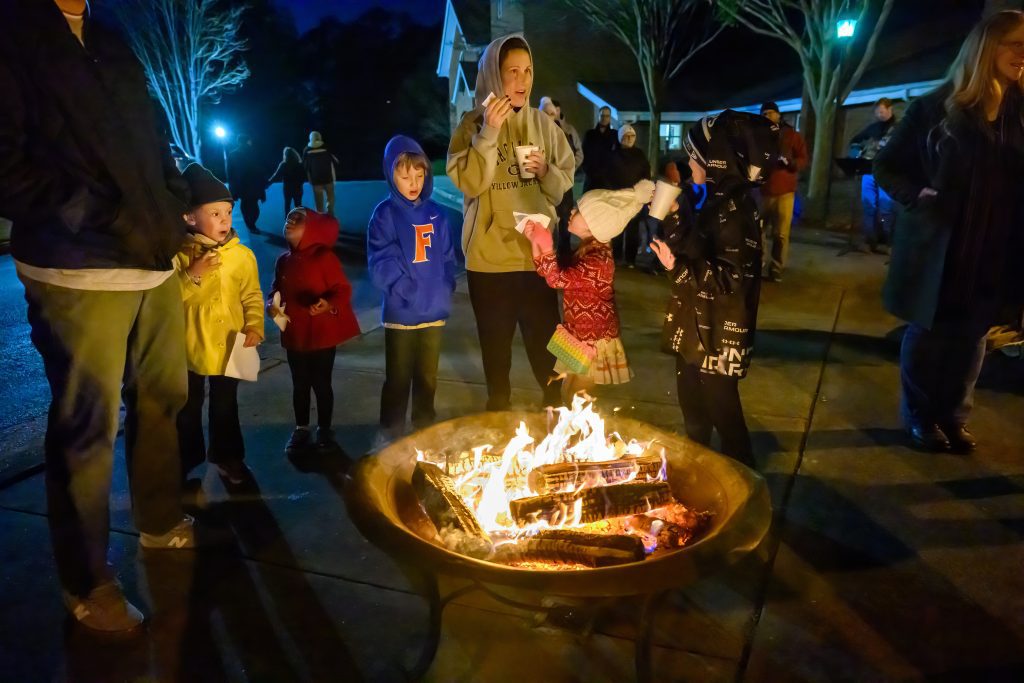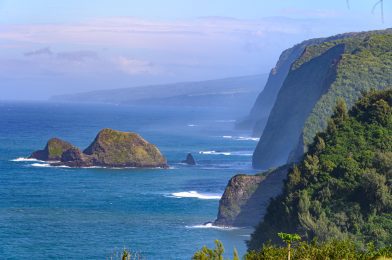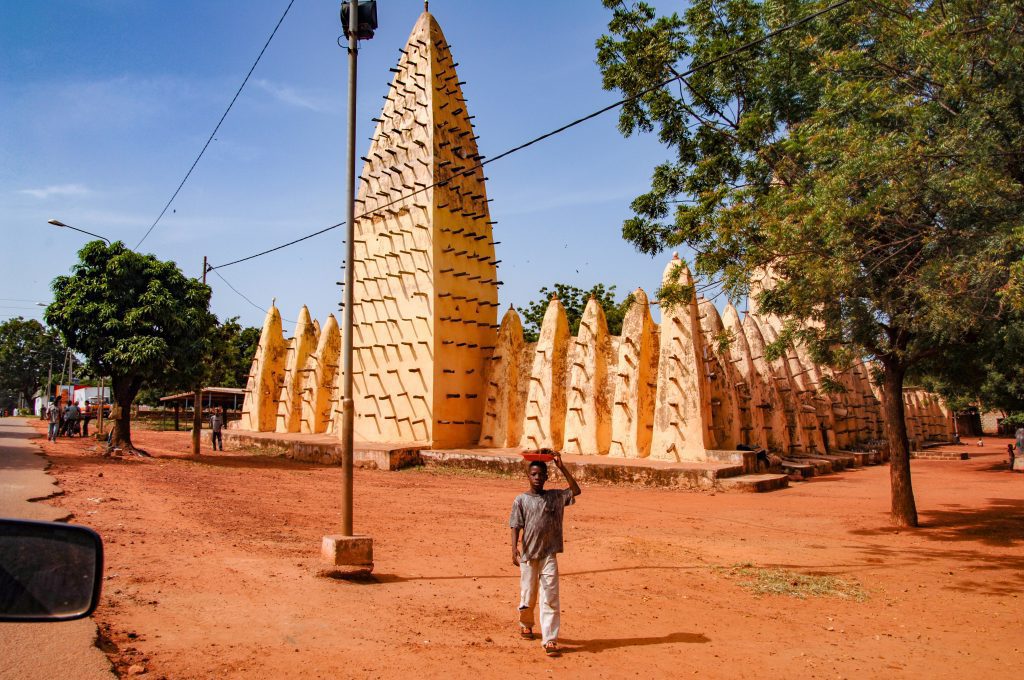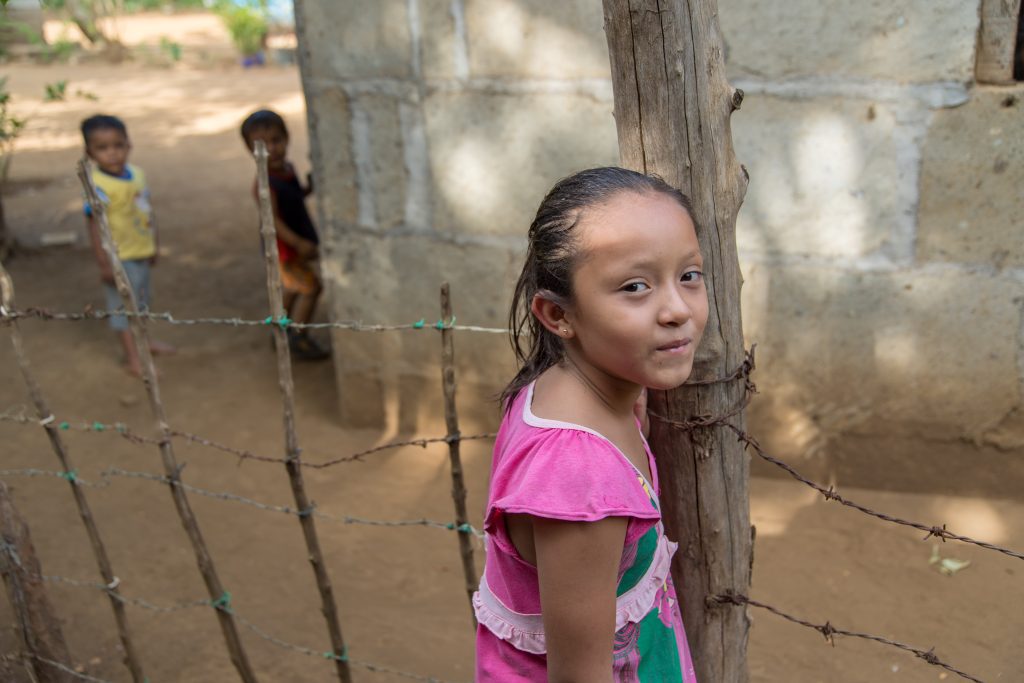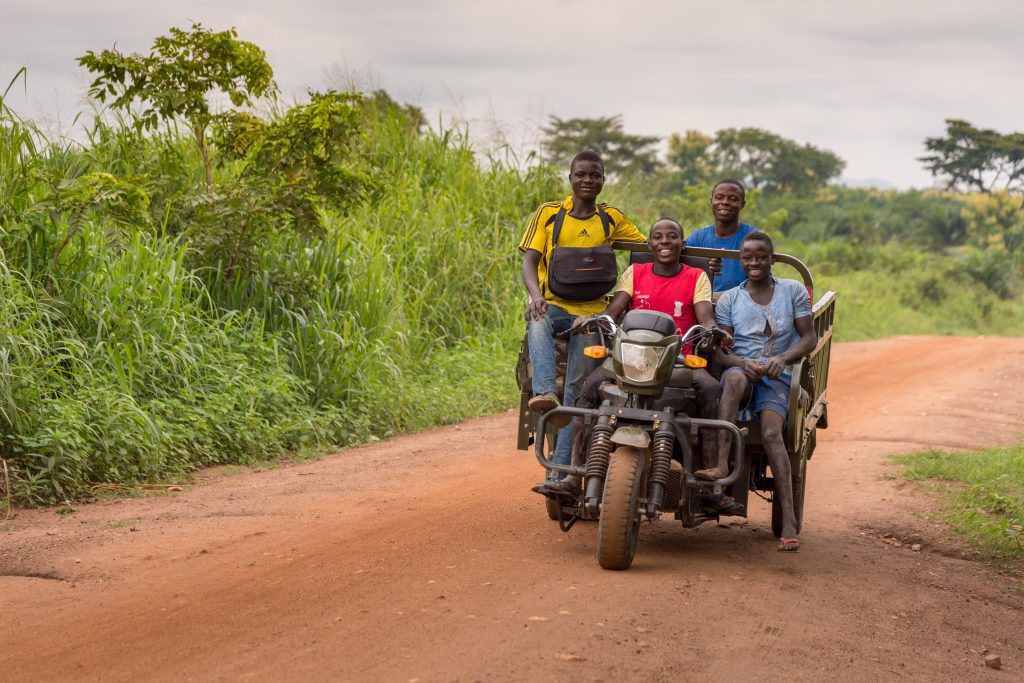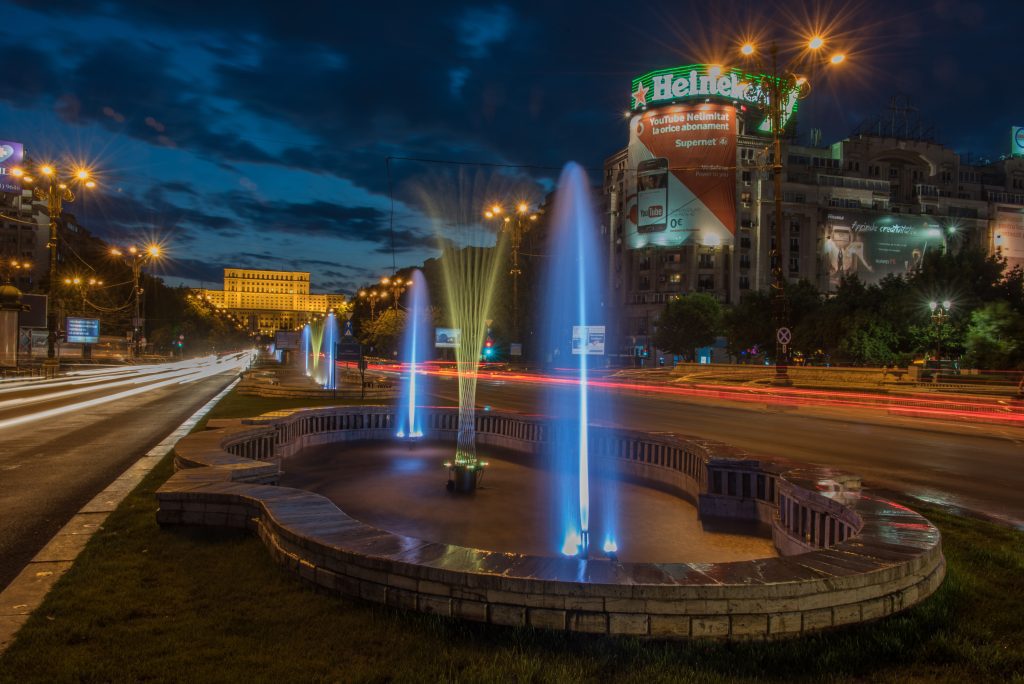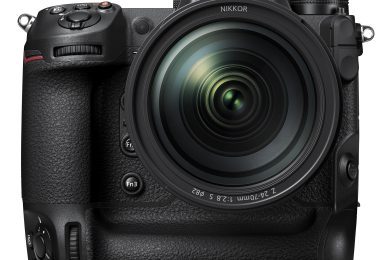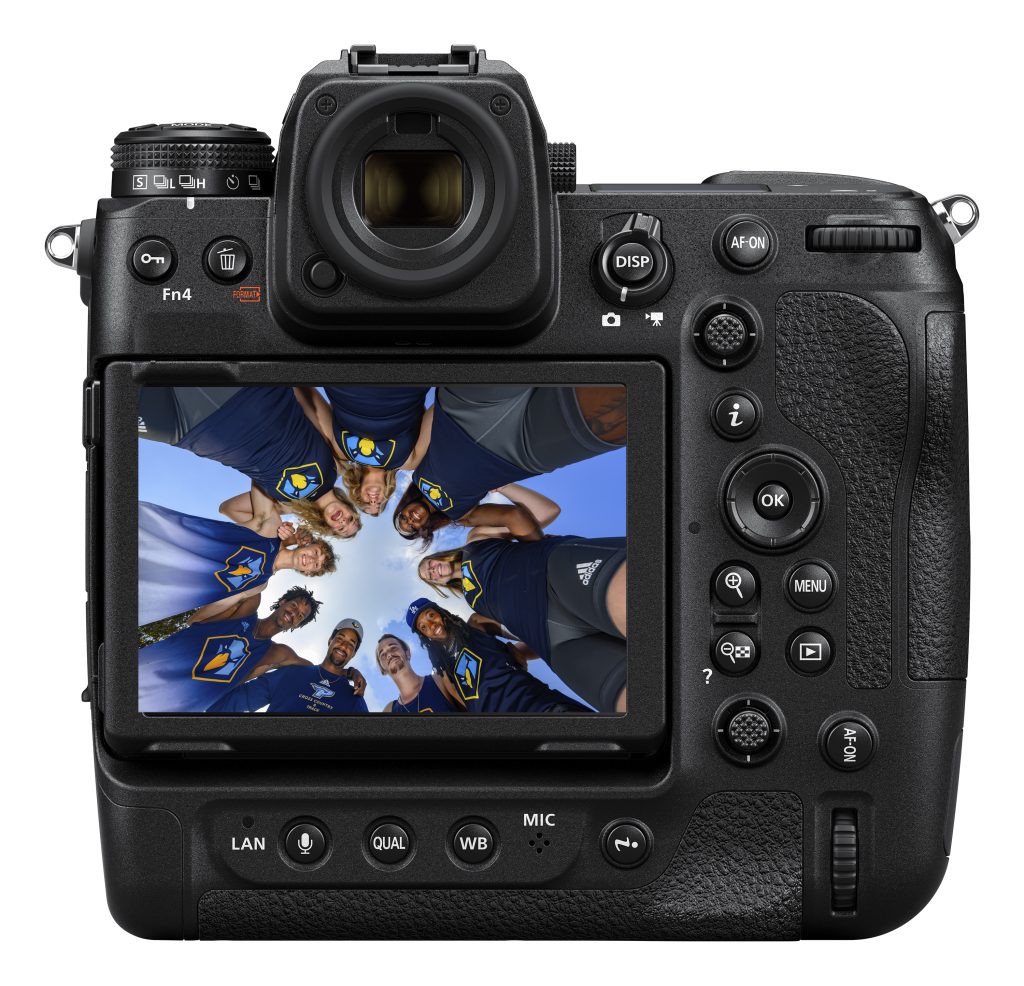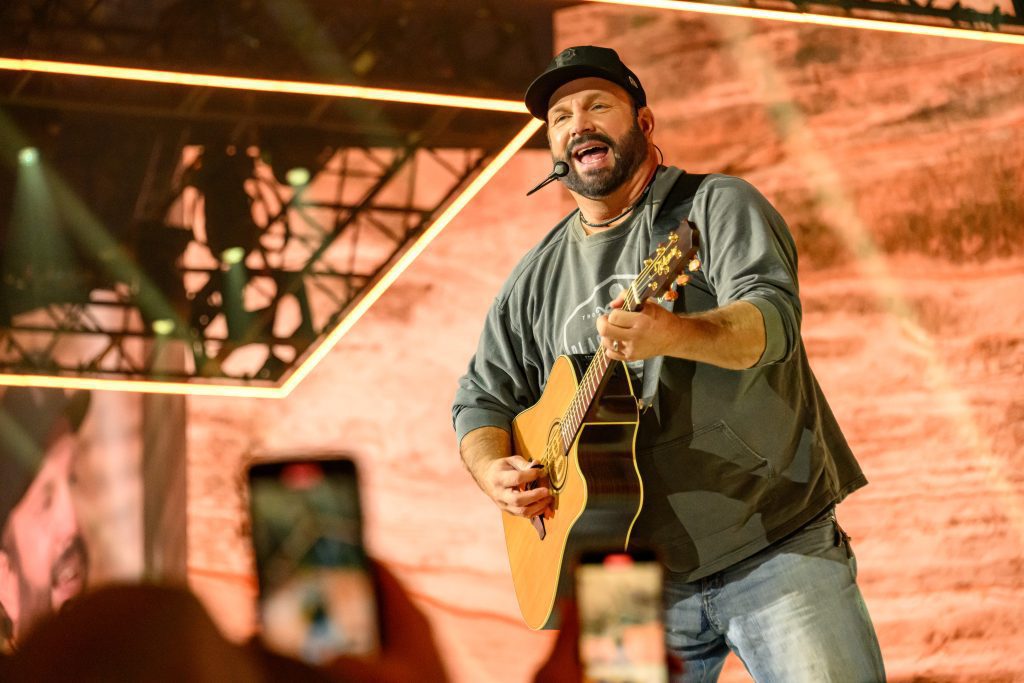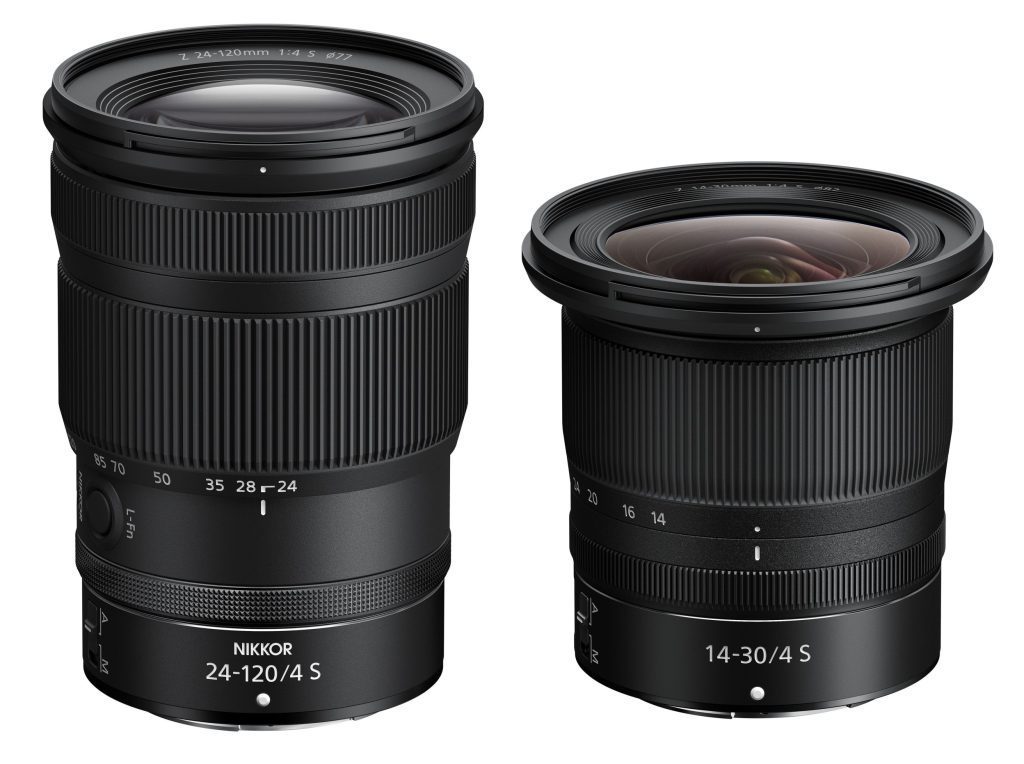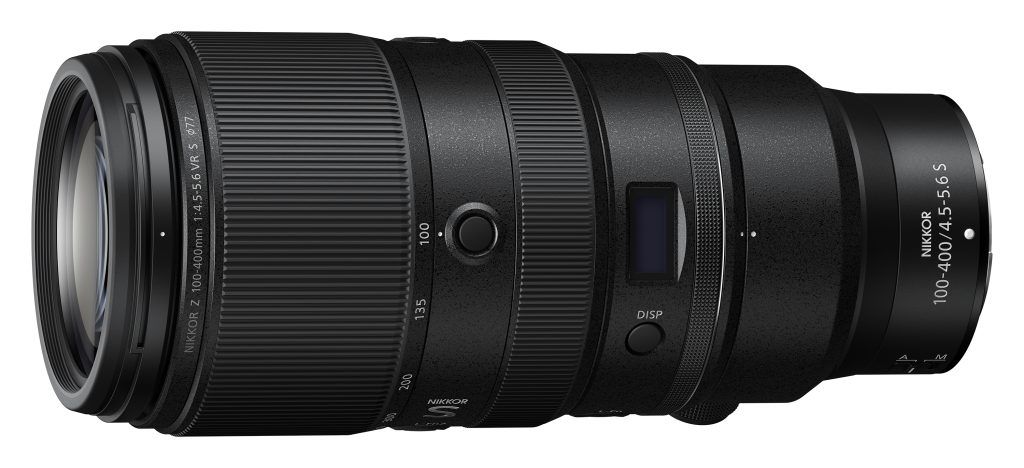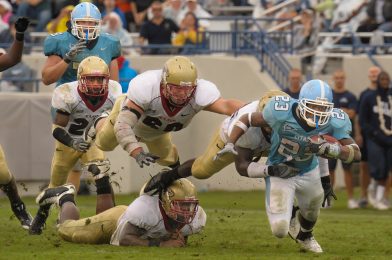[NIKON Z 9, NIKKOR Z 100-400mm f/4.5-5.6 VR S, Mode = Aperture Priority, ISO 8000, 1/2000, ƒ/4.8, (35mm = 135)]
I recently purchased the Nikon Z 100-400mm S lens and have been extremely happy with it. One of the main reasons I love this lens is its versatility. The 100-400mm focal length range allows me to shoot various subjects, from portraits to landscapes to sports and action.
One of the things I appreciate most about this lens is its sharpness. The images it produces are crisp and clear, with excellent detail and resolution. The lens also has a fast and accurate autofocus system, which makes it easy to track and capture fast-moving subjects.
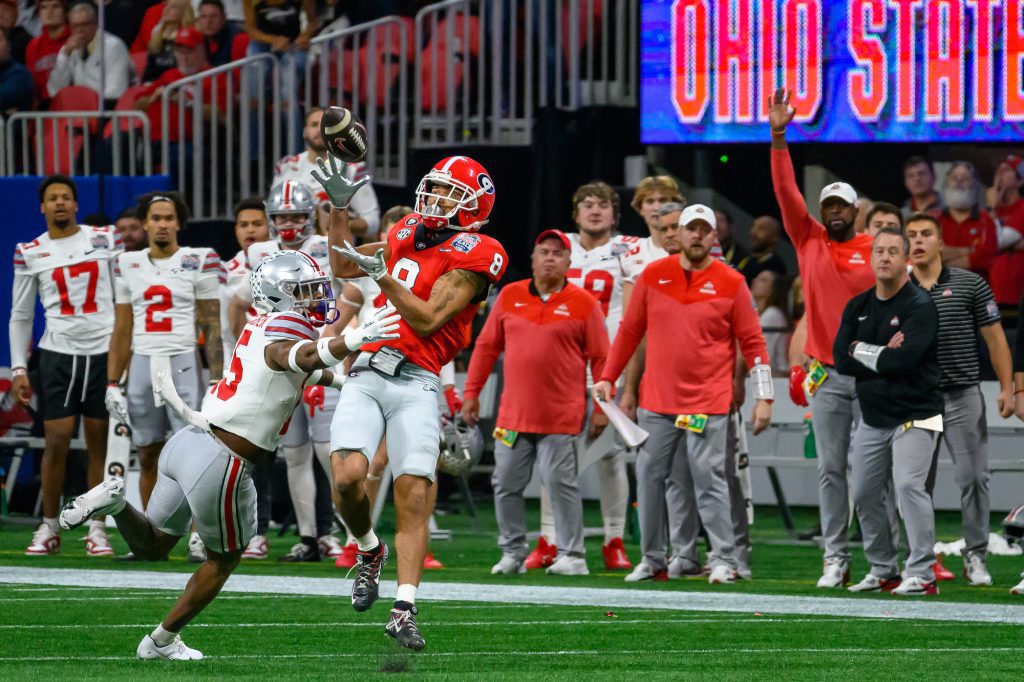
Pairing the Nikon 100-400mm S lens with the Nikon Z9 is an excellent combination for several reasons.
First and foremost, the Nikon Z9 is a high-resolution full-frame mirrorless camera capable of capturing detailed and crisp images. The resulting photos are stunning when paired with the Nikon 100-400mm S lens, also known for its excellent image quality.
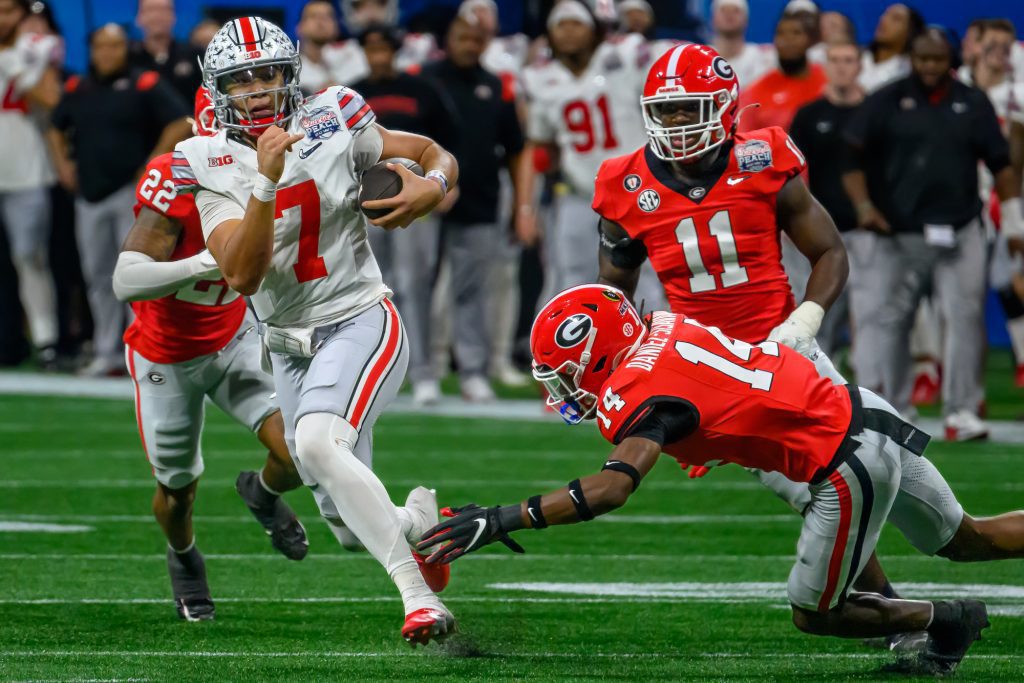
Another reason this pairing is remarkable is the combination of the Z9’s fast autofocus system and the 100-400mm S lens’s fast and accurate autofocus. This makes it easy to track and capture fast-moving subjects, such as in sports or action photography.
The Z9’s image stabilization system also works seamlessly with the 100-400mm S lens’s image stabilization to help reduce camera shake and enable handholding of the camera at slower shutter speeds. This is especially useful in low light conditions or when shooting at the longer end of the lens’s focal length range.
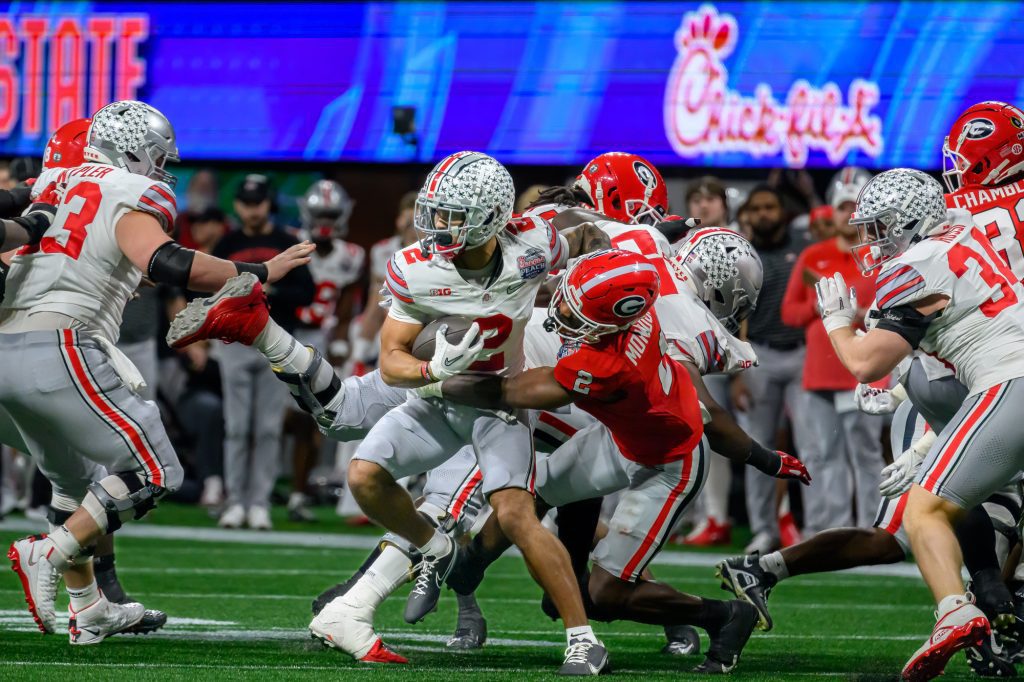
Finally, the compact and lightweight design of the Z9 and the 100-400mm S lens makes it easy to take this setup on the go, whether you’re shooting on location or traveling.
Overall, I am delighted with my Nikon Z 100-400mm S lens and highly recommend it to anyone needing a versatile telephoto zoom lens. It has quickly become one of my go-to lenses for a wide range of photography applications.
